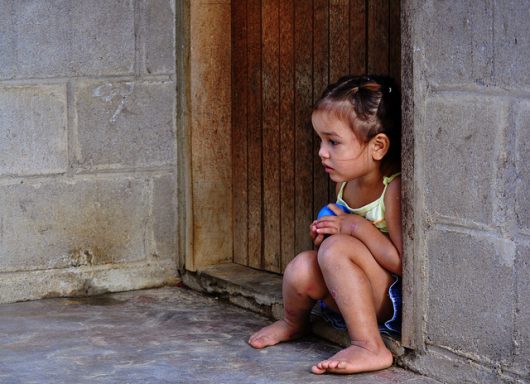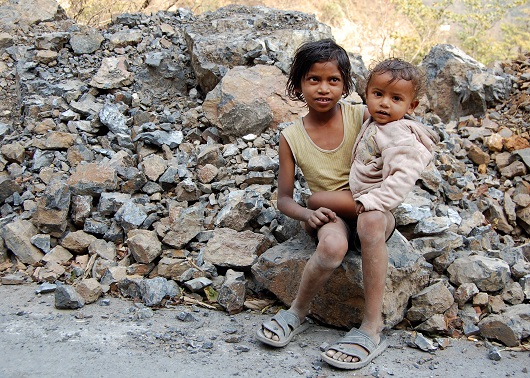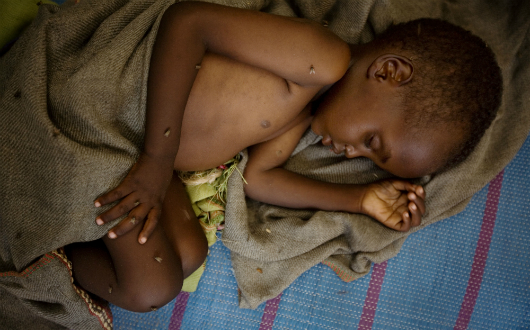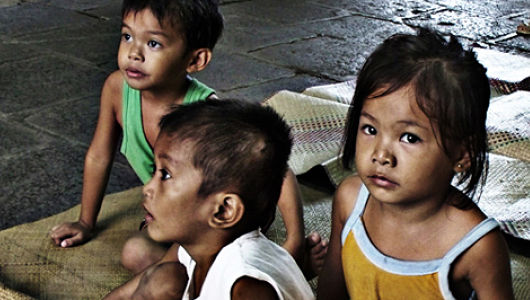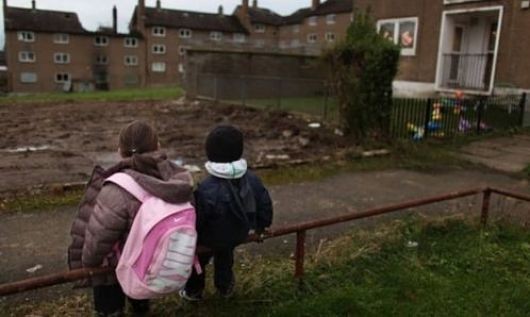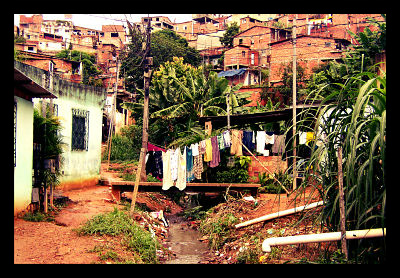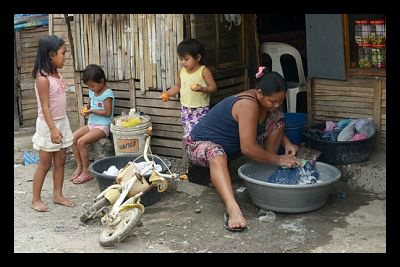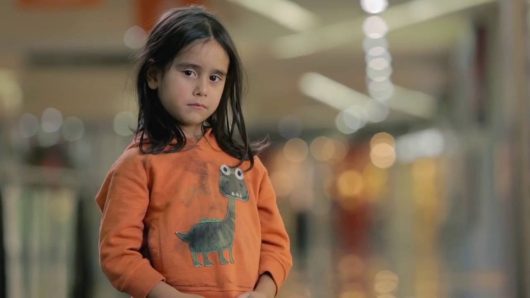
UNICEF recently released a video showing how people react to children based on the types of clothes they are wearing. The video was in conjunction with the State of the World’s Children Report of 2016, sending a strong message to society about childhood poverty awareness.
The social experiment video that UNICEF released in company with the State of the World’s Children Report of 2016 has sparked an overdue societal reaction. The video has ignited conversations about what can be done to increase childhood poverty awareness.
UNICEF’s message following the video was that the world must invest in poor children before the world becomes more divided and unequal. It is a call to action motivated by a sense of urgency and the conviction that a better world is possible.
In the video, the production team dresses a little girl named Anano in very nice clothes. As she stands alone on the sidewalk, people consistently ask her if she is lost and try to help her. When the production team changes Anano’s appearance, dressing her in scrappy clothes with soot on her face, a drastic change occurs. Looking as if she is stricken by poverty, those passing by ignore her. She is left alone in the street without anyone giving her a second glance.
In the second experiment, the production team has Anano enter a restaurant using the same set-up. When she was dressed in stylish clothing, many customers are very friendly towards her and are willing to entertain her. When her appearance changes, she is greatly ignored. As she walks past tables, women move their purses out of range and suggest that she be taken out of the restaurant. Anano became so upset after this scene that production had to halt the video.
What is clear is the heart-wrenching message that UNICEF is trying to portray with the release of this video. Although reading a report may strike a chord, visual images often evoke stronger reactions.
The emotions that society feels while watching the video are the emotions that UNICEF would like everyone to feel knowing that there are millions of children around the world living in extreme poverty. It is not enough to feel for just Anano; as a society, it is imperative that these reactions are put into actions and are carried out throughout the world.
In the 180 pages of the State of the World’s Children Report of 2016, UNICEF notes that childhood poverty awareness must be increased today in order to achieve the Millennium Development Goals by 2030. If these goals are not met, 167 million children will live in extreme poverty by that time. In addition, 69 million children that are now under the age of five will die before 2030 and 60 million children of age to attend primary school will not attend.
The report covers child health, education, poverty and equality. It urges society to strengthen the principles of increasing child poverty awareness by allowing the public to have access to information about the number of children living in poverty. The report also suggests ways to accelerate the processes of investing in equity and creating innovative ways to finance the poorest of the poor.
One disparity that UNICEF reports on is the lack of health providers in poor countries. Sub-Saharan Africa has 1.8 million fewer health workers than its population needs. With women facing a 1-in-36 chance of dying from pregnancy-related complications, UNICEF urges that child survival begins with women’s health.
The report concludes that the futures of millions of impoverished and vulnerable children will be endangered unless the world advances the pace of the developments that are being made in mitigating childhood poverty awareness.
– Kimber Kraus
Photo: YouTube
